Imagine a creature that can solve puzzles, mimic your laughter, and outsmart the family dog—all while dazzling you with a rainbow of feathers. Parrots are not just pretty faces; they’re one of the sharpest minds in the animal kingdom, and they’ve captured the hearts and imaginations of people around the globe. On World Parrot Day, we peel back the layers of color and song to meet the true geniuses hiding beneath those flamboyant plumes. What makes parrots so extraordinary? Their stories will surprise, amuse, and maybe even inspire you.
The Dazzling Diversity of Parrots
Parrots come in a mind-boggling array of shapes, sizes, and colors, from the tiny, bright green budgerigar to the majestic hyacinth macaw with its deep blue feathers. There are more than 400 species of parrots spread across continents, adapting to rainforests, savannas, and even urban jungles. Each species has its own unique traits—from the rose-ringed parakeet’s playful antics to the kea’s cheeky curiosity in New Zealand. Some, like the Amazon parrots, are known for their loud, melodic calls, while others, like the elusive night parrot of Australia, remain wrapped in mystery. This diversity is a testament to their remarkable ability to thrive in almost any environment, always finding new ways to survive and stand out.
Intelligence That Rivals Primates
It’s not an exaggeration to say that parrots are bird-brained—if “bird-brained” means smart as a whip. Scientists have discovered that some parrots, especially African greys and macaws, possess cognitive abilities on par with chimpanzees and dolphins. They can count, recognize themselves in mirrors, and even grasp abstract concepts like “same” and “different.” In laboratories, parrots have solved complex puzzles and demonstrated an uncanny knack for learning sequences. The famous African grey, Alex, astonished researchers by naming objects, understanding colors, and even expressing frustration—proving that there’s a sophisticated thinker behind those curious eyes.
The Art of Communication
Parrots are famous for their ability to mimic human speech, but their talent goes far beyond simple copying. In the wild, parrots use a blend of squawks, whistles, and body language to convey intricate messages to their flock. Each species has its own “dialect,” and some individuals even invent new calls. Researchers have recorded wild parrots giving specific alarm calls for different predators, much like sentries sounding an alert. In captivity, parrots can learn words and phrases, but more impressively, they seem to grasp the meaning behind them. When a parrot calls your name or says “good morning,” it’s not just repeating—it’s reaching out for connection.
Social Lives Full of Drama
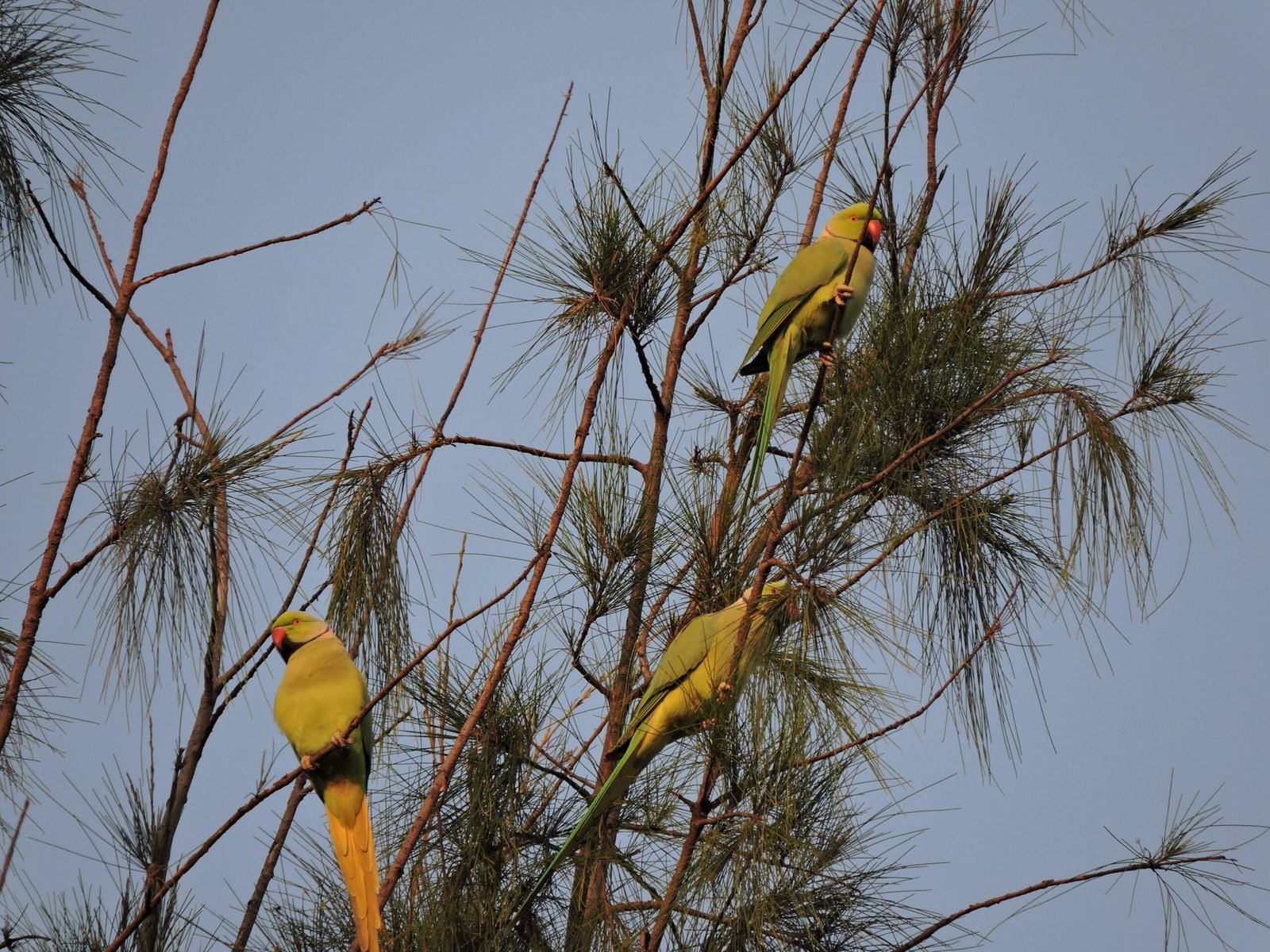
Life in a parrot flock is never dull. These birds form deep social bonds, often pairing for life and spending hours grooming and playing with each other. Flock dynamics can be surprisingly complex, with alliances, rivalries, and even a bit of gossip. In the wild, parrots work together to find food, raise young, and defend against predators. They learn from one another—young parrots watch and imitate older flock members, picking up essential skills. Like humans, parrots can feel lonely or stressed if separated from their social group, and they thrive on interaction and companionship.
Brilliant Colors, Hidden Messages
Parrots’ feathers are a riot of color, but these vibrant hues are more than just eye candy—they’re vital for survival and communication. Bright plumage can signal health and vitality, helping parrots attract mates. In some species, subtle differences in coloration can indicate age or social status. These colors aren’t just pigments, either; many are created by microscopic structures that scatter light, making the feathers shimmer in the sun. Parrots also use their feathers to communicate mood: a fluffed-up bird might be feeling defensive, while sleek feathers often mean relaxation. In a world full of predators, blending beauty and brains is a survival strategy all its own.
Tool Use: Nature’s Little Engineers
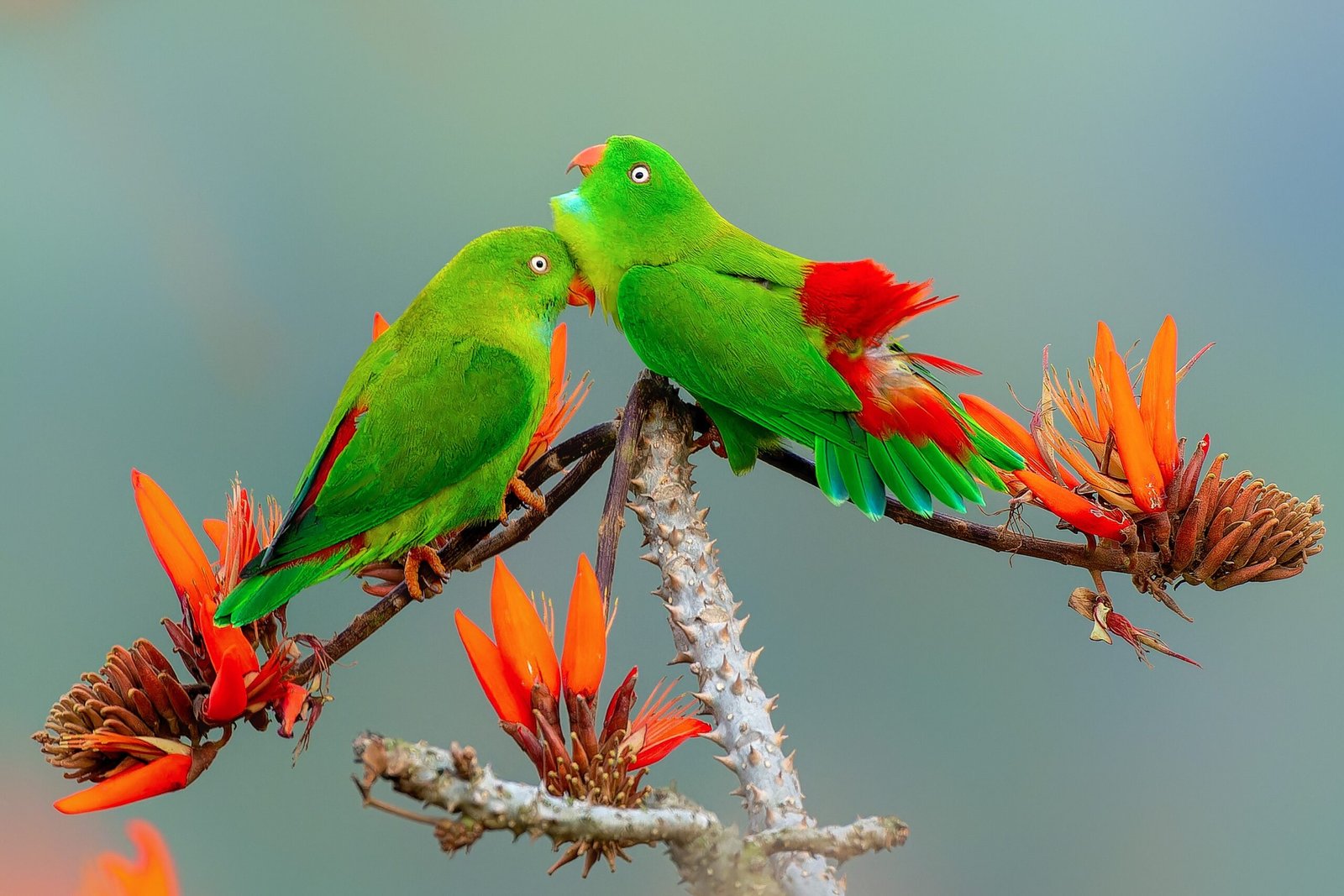
Parrots have been caught doing something few other animals can—using tools. In the wild, some species, like the clever Goffin’s cockatoo, fashion sticks to extract seeds from tough nuts or reach food that’s just out of beak’s reach. Kea parrots in New Zealand have even been seen using pebbles to help break open hard fruits. These feats require planning, dexterity, and a good bit of trial and error. In captivity, parrots love solving puzzles and will use objects in creative ways to get to a treat or toy. This knack for tool use showcases their problem-solving abilities and highlights just how inventive they can be.
Learning and Memory: Minds Like Steel Traps

A parrot never really forgets. Their memory is one of their strongest assets, helping them remember food locations, faces, and even complex vocal sequences. In the wild, a parrot might remember a fruiting tree’s location for years, returning season after season at just the right time. Captive parrots often recognize their human caretakers after long absences and can recall words, tricks, and routines with astonishing accuracy. This powerful memory plays a huge role in their survival, allowing them to navigate vast territories and adapt quickly to new challenges.
Playfulness and Creativity

Anyone who has watched a parrot at play knows that these birds have a mischievous sense of humor. They invent games, tease their friends, and even pull pranks on unsuspecting humans. Play isn’t just for fun—it’s how young parrots learn important life skills and adults stay mentally sharp. Some parrots will roll around with toys, hang upside down from branches, or invent elaborate dances. Their playful behavior is a sign of intelligence and curiosity, always pushing boundaries and exploring new possibilities.
The Power of Vocal Learning
Parrots are among the few animals on earth capable of vocal learning, meaning they can hear a sound and reproduce it accurately. This ability is key to their social lives and survival, helping them fit in with their flock and communicate with new neighbors. It also means they can pick up and mimic not just other parrots, but any sound they hear—phones ringing, dogs barking, or even a child’s giggle. Some parrots in captivity have been known to develop their own “language,” blending human words with bird calls to create something unique and personal.
Problem-Solving Under Pressure
Life in the wild is full of challenges, and parrots are experts at thinking on their feet—or rather, their claws. When faced with a locked food source, a tricky predator, or a new obstacle, parrots can quickly adapt their strategies. Studies have shown that they’ll test different solutions, learn from mistakes, and even work together to overcome tough problems. Their ability to improvise and adapt is one reason they’ve managed to thrive in changing environments, from shrinking forests to bustling city parks.
Parental Care and Family Bonds
Parrots are devoted parents, investing enormous time and effort in raising their chicks. Both mothers and fathers often share duties, taking turns feeding, grooming, and protecting their young. In some species, older siblings or even unrelated flock members help out—a rare behavior known as cooperative breeding. Chicks stay with their families for months, sometimes years, learning the ropes before striking out on their own. This strong family bond lays the foundation for the complex social lives and learning that define these remarkable birds.
Parrots in Myth and Culture
Throughout history, parrots have dazzled and intrigued people, earning a special place in myths, art, and folklore. In some cultures, they symbolize love, luck, or wisdom, while in others, they’re seen as magical messengers or tricksters. Pirates famously kept parrots as companions, and their image has become synonymous with adventure and freedom. In literature and film, parrots often appear as wisecracking sidekicks or mysterious guides, reflecting our fascination with their intelligence and personality.
Threats Facing Parrots Today
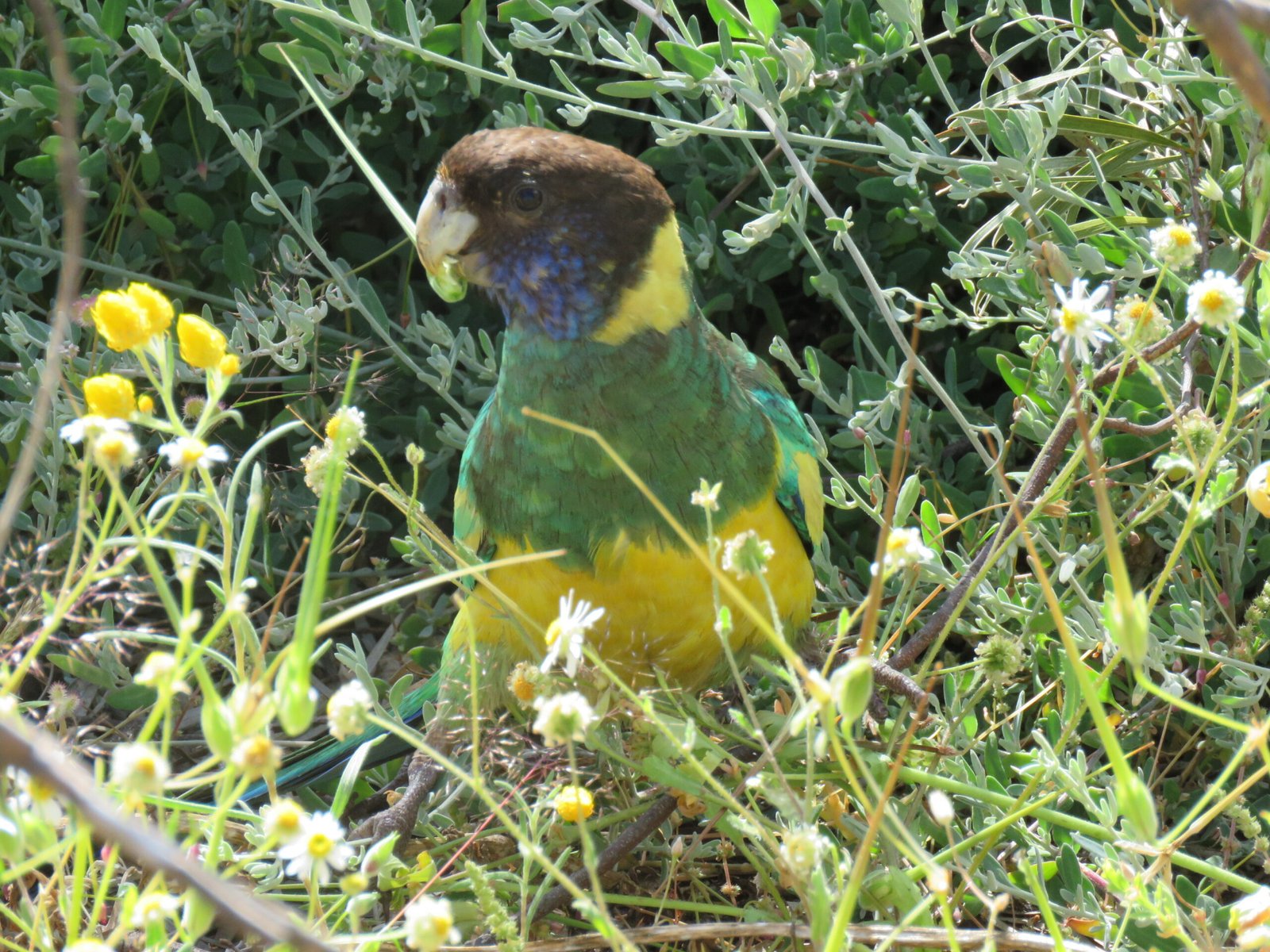
Despite their brilliance, parrots face serious threats in the wild. Habitat loss, illegal trapping for the pet trade, and climate change have pushed many species to the brink of extinction. The colorful Spix’s macaw was declared extinct in the wild in recent years, while others, like the kakapo, survive only thanks to intensive conservation efforts. These challenges highlight the urgent need to protect parrots and their habitats, ensuring future generations can marvel at their beauty and intelligence.
Conservation Success Stories
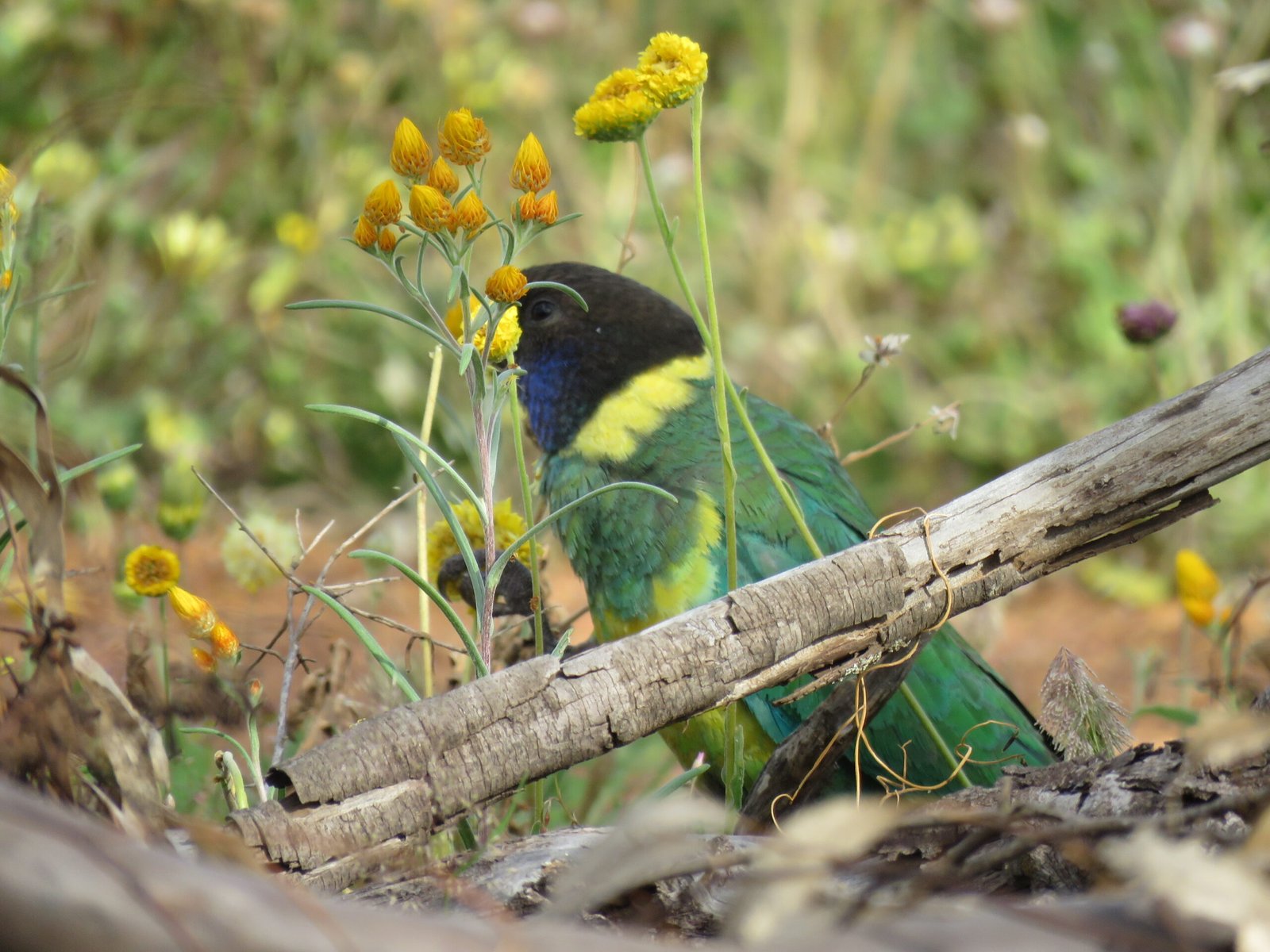
Not all hope is lost—some parrot species have made remarkable comebacks thanks to passionate conservationists and local communities. The Puerto Rican parrot, once nearly wiped out, is slowly returning to the wild through captive breeding and habitat restoration. Similar efforts in Australia and New Zealand have brought back populations of the orange-bellied parrot and the kakapo. These stories show that, with determination and teamwork, humans can help reverse the decline and give these birds a second chance.
Parrots as Companions: The Joys and Challenges
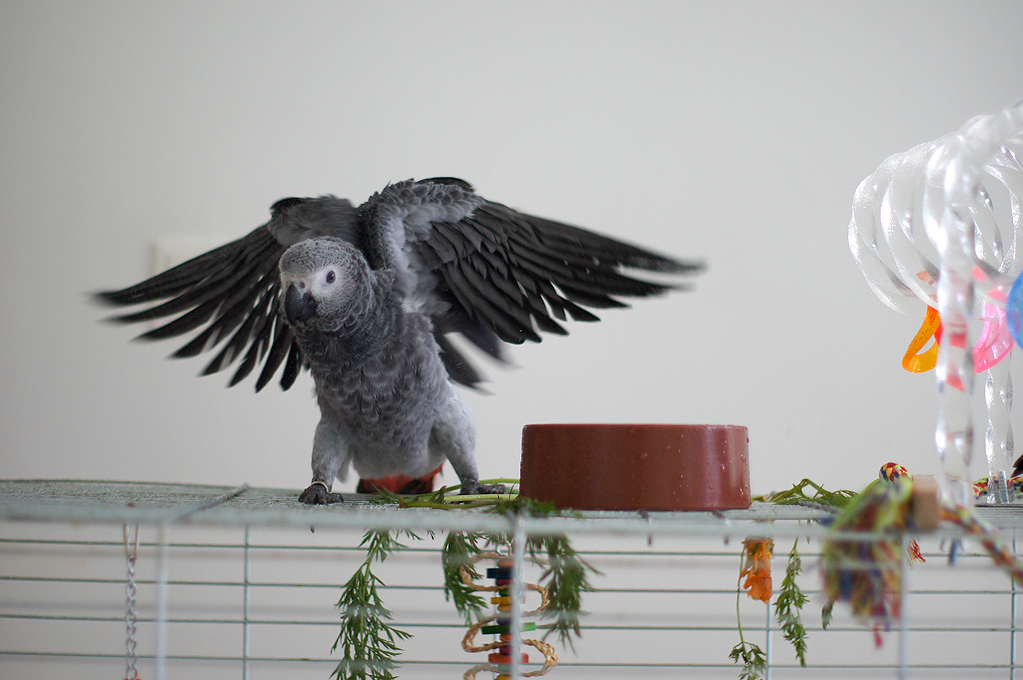
Bringing a parrot into your home can be a life-changing experience. Their intelligence and social nature make them engaging, often hilarious companions—but they also require a lot of care and attention. Parrots need mental stimulation, regular interaction, and plenty of space to exercise their minds and bodies. Neglect or boredom can lead to feather-plucking, aggression, or depression. Responsible ownership means understanding their needs and providing a stimulating, loving environment for these sensitive creatures.
The Future of Parrots: Hope and Responsibility
The fate of parrots rests in our hands. Each choice we make—from supporting ethical breeders to protecting wild habitats—can help ensure these brilliant birds continue to thrive. Advances in research, conservation, and public awareness offer hope, but action is needed now more than ever. By celebrating World Parrot Day, we shine a spotlight on their intelligence, beauty, and resilience. Will we rise to the challenge and become the guardians these bright minds deserve?



